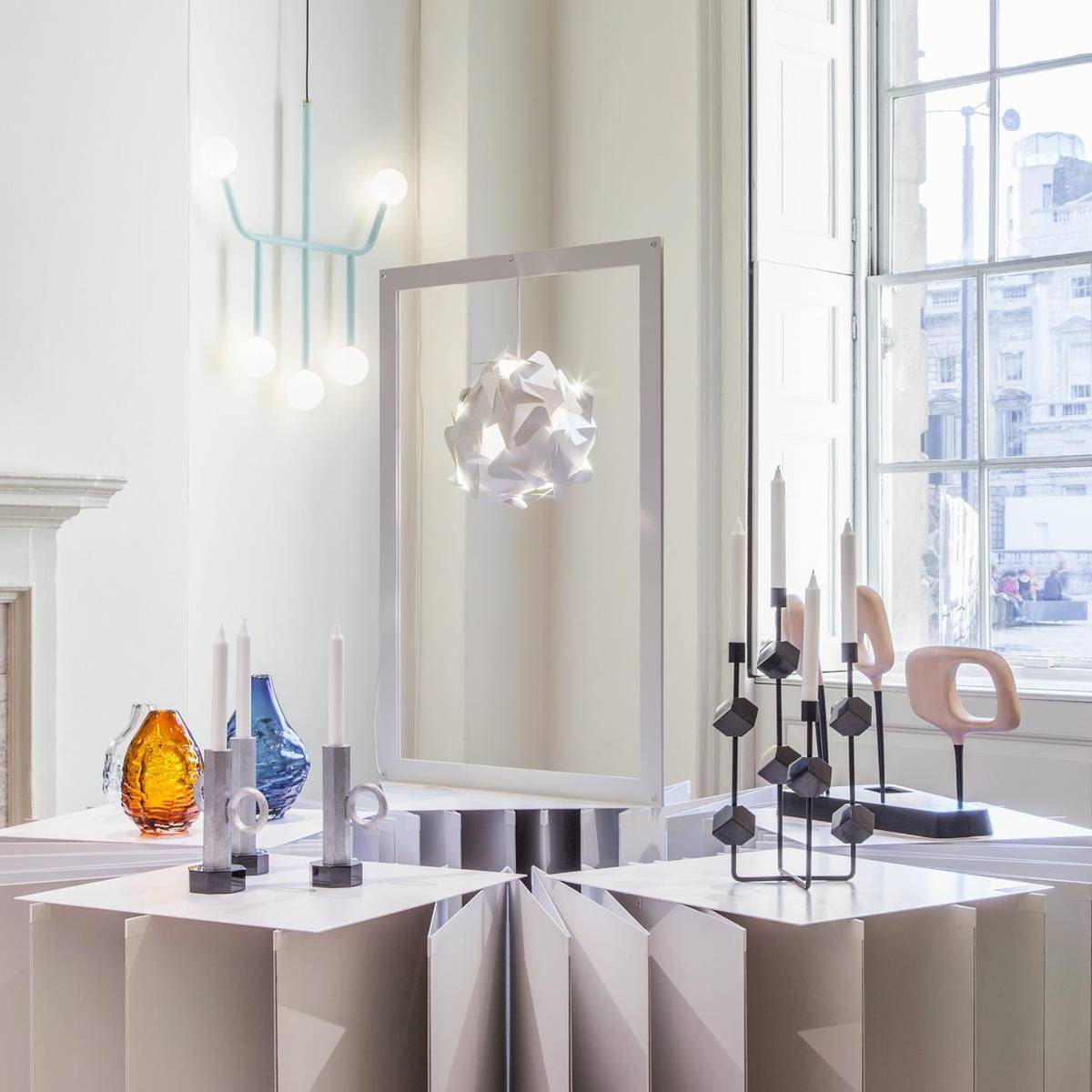
The enduring appeal of Swedish design
Swedish interior design is celebrated across the world. Though functionalist at heart, it’s a nuanced affair – an innovative minimalism with a twist.

Swedish interior design is celebrated across the world. Though functionalist at heart, it’s a nuanced affair – an innovative minimalism with a twist.
Swedish design is often associated with clean functionality and modern, innovative stylings. Its aesthetic and values stem from the functionalism movement that first emerged in Berlin in the early 20th century. In the hands of Swedish designers and artisans, a unique spin was added – infusing the country’s crafts heritage, love of nature and appreciation of light – to create a distinctive design language that still resonates today. The country’s democratic values come to the fore in fuss-free, ergonomic furniture and design pieces created to be universally user-friendly.
The beauty of less is more is a central concept. Every line has to be considered and the quality of material and craftsmanship has to be beyond reproach.
Swedish designers tend to draw inspiration from the nature that surrounds them, not only in terms of the materials they use but as the muse for their creations. Glasswork design company Orrefors Kosta Boda’s classic candleholders shaped like snowballs, ice crystal formations, flowers and berries are a prime example.

Orrefors offers premium products designed by Swedish and Scandinavian designers.
Photo: Ragnas Omarsson/Destination Småland
No account of Swedish design history is complete without mention of Gregor Paulsson, the respected art historian who in 1919 wrote 'Vackrare Vardagsvara' (roughly translating to “more beautiful everyday objects”). The book’s thesis became something of an ideological bible, encouraging designers to work directly with manufacturers to produce high-quality everyday objects, made available for everyone.
In 1927, Paulsson visited the Deutscher Werkbund exhibition in Stuttgart, Germany, which showcased the iconic modernist Weissenhof Estate – 21 buildings created by 17 architects from around the continent. The event inspired him to organize 'The Stockholm Exhibition' ('Stockholmsutställningen') in 1930 featuring local talent, an initiative that proved instrumental in establishing the very heart of what we define as Swedish design today.
Shopping Swedish design at Malmstenbutiken in Stockholm.
Photo: Agence les Conteurs

Photo: Agence les Conteurs

Photo: Svenskt Tenn

Photo: Svenskt Tenn
Many influential designers originate from Sweden and continue to make a mark internationally. Architect and designer Bruno Mathsson’s work seamlessly bridges the gap between functionalism and modernism, with elements of the Swedish crafts tradition mixed in. He created all manner of furniture but is perhaps best known for his curve-linear easy chairs – treasured possessions in many Swedish homes.
Austrian-born architect Josef Frank created a wide range of products for iconic store Svenskt Tenn after impressing founder Estrid Ericson with his innovative patterns and furniture sketches. To this day, he is still considered one of Sweden’s most important designers. Frank’s signature textiles and wallpapers are as far from minimalist as one can get. Ornate and colourful, they feature flowers, climbing greenery and birds rendered so vividly, that they almost seem alive.
Carl Malmsten also has a place in the Swedish interior design hall of fame. Just like Josef Frank, Malmsten distanced himself somewhat from functionalism, favouring a softer, more decorative style. His elegant midcentury pieces – defined by their organic yet clean shapes – are forever treasured.
Ingegerd Råman, meanwhile, is a highly regarded name specialising in ceramic and glass. Having enjoyed a long career, she still lends her creativity to brands as diverse as Orrefors Kosta Boda and IKEA. And, Stockholm-born Jonas Bohlin is one of Sweden’s most important contemporary designers, best known for his angularly sculptural “Concrete” chair, designed in 1981.
The 'Pernilla 3' chair designed by Swedish furniture designer Bruno Mathsson, seen in his former home Södra Kull in Småland. The chairs Mathsson designed have become immensely popular, and it is said that his aim was to provide a new way of sitting, suitable for modern times.
Photo: Tina Stafrén/imagebank.sweden.se

Photo: Tina Stafrén/imagebank.sweden.se

Photo: Orrefors Kosta Boda

Photo: Tina Stafrén/imagebank.sweden.se
Modern Swedish interior designers remain largely true to their roots, but increasingly take advantage of new technologies to help establish more sustainable and forward-thinking solutions.
Norrgavel in Stockholm produces all its furniture using natural and eco-friendly materials. The price point is on the higher side, but the styles are timeless, and the pieces are built to last.
Bridging classic Swedish style with an endless curiosity for new materials and aesthetics, Monica Förster is currently one of the country’s biggest design stars. She works in a cross-disciplinary way to create future classics, lending her creativity to a wide range of global companies including Swedese, Rörstrand, Alessi and Cappellini.
While Swedish design continues to evolve, it stays true to its foundation: respect for nature, appreciation of craftsmanship and emphasis on functionality.

The creation of a vase at the porcelain factory, located at the Rörstrand Centre in Lidköping. The city has a long tradition of manufacturing porcelain, which carries on today. Rörstrand Centre is a must-visit for anyone looking to buy local design or learn more about the Swedish porcelain history.
Photo: Tina Stafrén/imagebank.sweden.se